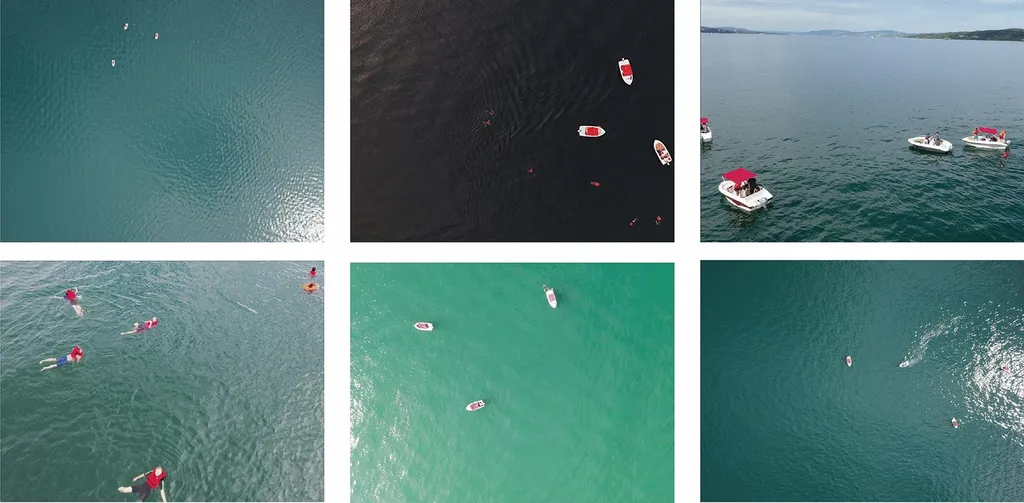Researchers Sakib Ahmed and Oscar Pizarro from the University of British Columbia have developed a groundbreaking method to enhance small object detection in maritime environments using Unmanned Aerial Vehicles (UAVs). Their work addresses a critical challenge in Search and Rescue (SAR) missions, where detecting small objects from high altitudes has been notoriously difficult due to the low object-to-background pixel ratios.
The researchers propose an innovative altitude-aware dynamic tiling method that adaptively subdivides images into tiles, scaling them based on the UAV’s altitude. This approach optimizes the detection process by reducing unnecessary computations while maintaining high performance. By integrating altitude-dependent scaling with an adaptive tiling factor, the method ensures that the detection system remains efficient and accurate across varying conditions.
To validate their approach, Ahmed and Pizarro tested it on the SeaDronesSee dataset using YOLOv5 and the Slicing Aided Hyper Inference (SAHI) framework. The results were impressive, showing a 38% improvement in Mean Average Precision (mAP) for small objects compared to baseline methods. Additionally, the approach achieved more than double the inference speed compared to static tiling, making it a highly efficient solution for UAV-based SAR operations.
This research has significant implications for maritime safety and efficiency. By enhancing the ability of UAVs to detect small objects in vast maritime areas, the method can greatly improve the effectiveness of SAR missions. The dynamic tiling approach not only saves computational resources but also ensures that critical detections are made quickly and accurately, potentially saving lives in emergency situations.
The practical applications of this technology extend beyond SAR missions. In commercial shipping, for instance, the ability to detect small objects such as debris or small vessels can prevent accidents and improve navigation safety. Additionally, in environmental monitoring, this technology can aid in tracking marine wildlife or detecting pollution, contributing to conservation efforts and regulatory compliance.
The work by Ahmed and Pizarro represents a significant advancement in the field of maritime technology. Their altitude-aware dynamic tiling method offers a robust solution to the challenges of small object detection from UAVs, paving the way for more efficient and effective maritime operations. As UAV technology continues to evolve, such innovations will be crucial in harnessing the full potential of aerial surveillance in diverse and demanding environments. Read the original research paper here.

